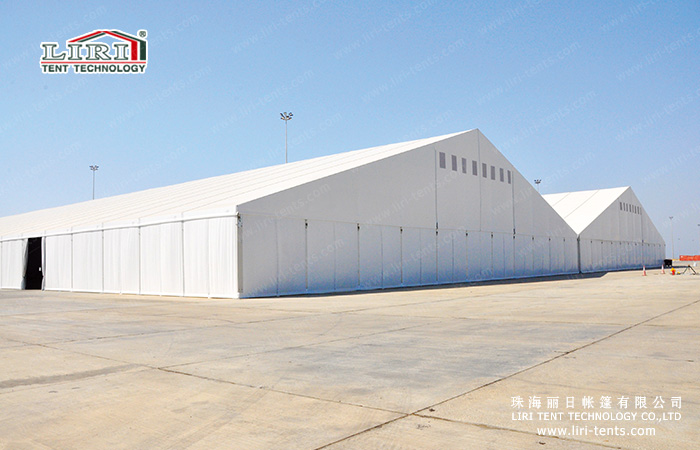For hundreds of years, canvas has been the material of choice in wall tents. But it is no longer the only choice. And is it the best choice for you? Below are the pros and cons of the canvas and the factors to consider when choosing your wall material of tent.
Canvas is the traditional material for wall tents. It is strong and durable. I have seen canvas tents that were 30 years old and still in perfect working order. Canvas can be treated (before production) to be flame retardant, water resistant and mildew resistant. If you decide on a canvas tent, I would certainly recommend that you choose one that is treated to this extent and not just to be water resistant.
Canvas comes in many weights, usually listed in ounces. The weight of the canvas used is generally listed as part of the features of the tent. It is important to determine if the material weight advertised for the tent is the weight before or after treatment as this can make quite a difference. For instance, a canvas that weighs 10 oz after treatment probably began as a 7 oz canvas. Whereas canvas that weighs 10 oz before treatment may weigh as much as 14 oz after treatment.
Because it is 100% cotton, canvas is especially good at absorbing some of the interior condensation created by drying clothes or boiling water. It also retains heat very well and the heavy weight of canvas fabric helps it billow less in a stiff wind.
A canvas wall tent provides excellent shelter, but must be taken care of properly for best results. Canvas must be completely dried before storage to avoid mold and mildew growth. Many times, this requires setting the tent up when you get home from your trip and, depending on the season and climate, it can take a day or three to dry out. Once mold has attacked canvas, you can stop the growth of the mold, but you can never remove the stain. Additionally, if the tent was never treated, you may need to regularly “re-waterproof” it with a product like Canvak. Generally, treated canvas requires little to no maintenance of this type depending on the quality of treatment.

Wall Tent Fly
Whenever I talk about wall tents, I always recommend using a wall tent fly. A tent fly is an additional piece of material that you put over the roof of the tent for insulation, protection and extension of the drip line. The added insulation of the fly on a Relite tent seems to solve condensation concerns, especially when wood is used as a heat source. Using a fly on a canvas tent will keep the roof clean and the roof dry and walls drier. If your tent is dry when you get home, you don’t have to find room to set it up to dry out. Not to mention, wet canvas weighs a lot more than dry canvas. All fabrics will benefit from the UV ray protection a fly offers.

Which material?
When helping someone to decide which material to choose, the first factor we discuss is weight. When weight is an issue, the choice is generally limited to 100% Relite or a Montana Blend wall tent. The weight of a wall tent is usually because the person is packing in to their campsite or because the weight of the tent during set up and take down is a concern. For those for whom weight is not an issue, all three fabrics are an option.
The next factor we discuss is maintenance. A Relite wall tent offers the lowest maintenance. With a Montana Blend wall tent, any maintenance would be focused mainly on the canvas roof. A canvas wall tent will have the highest maintenance in terms of fabric care.
Once these factors have been considered, then personal taste enters the equation. Sometimes the classic look of a canvas wall tent is appealing enough to a person that it outweighs the additional weight and maintenance. Or perhaps you like having the color choices offered by the Relite fabric. Whichever material you choose for your wall tent, ensure that the material is well-made, properly treated and meets your needs.